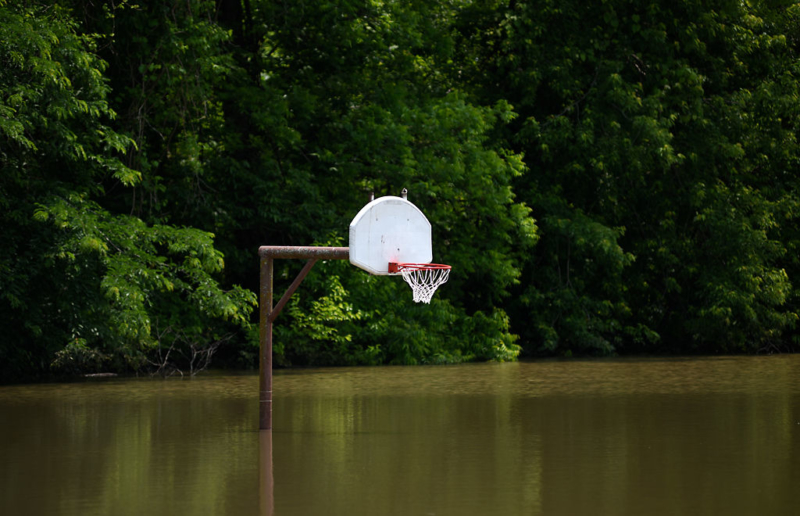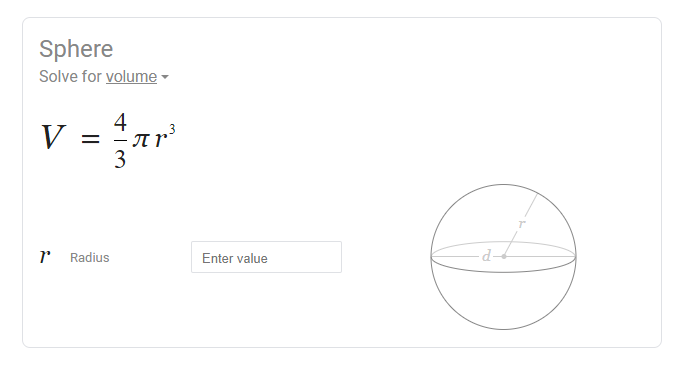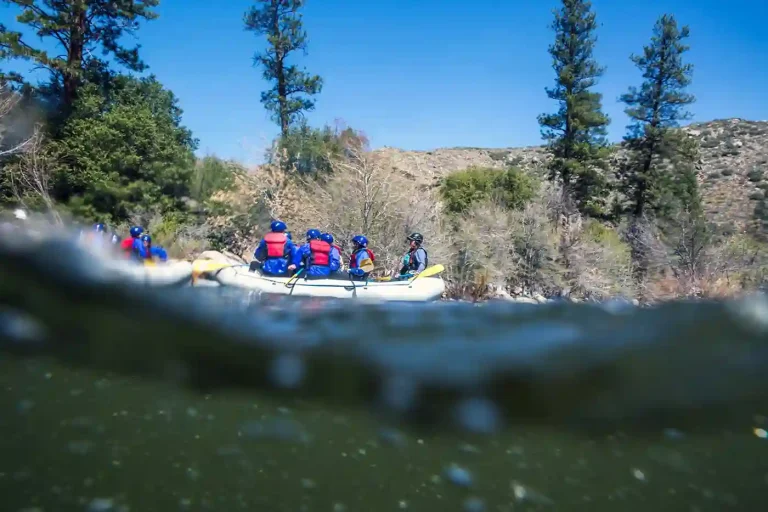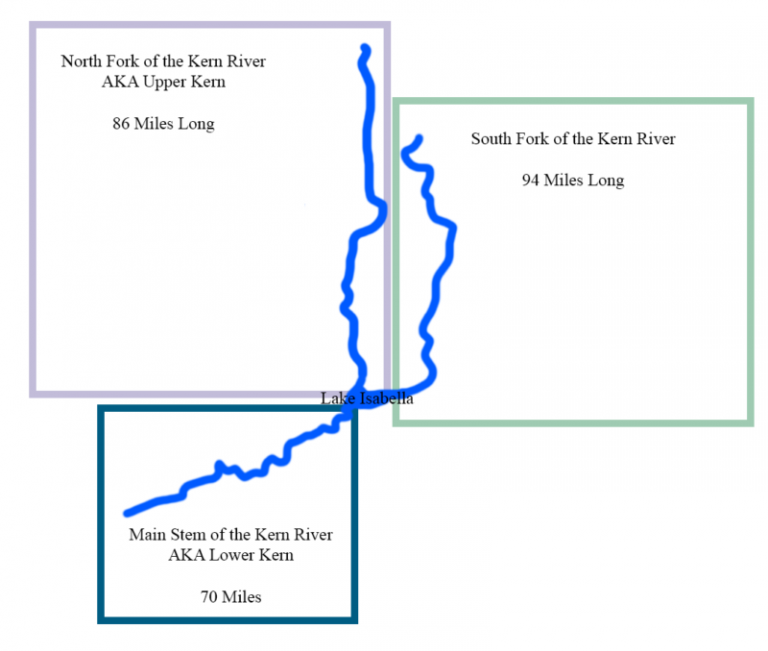
Picture this
Describing ocean waves is easier. Overhead, double overhead, triple (!) overhead. It’s pretty simple to grasp the size of the wave. Double your height, and you can imagine double overhead. It’s not perfect as we’re all different heights, but it does a really good job. I wish we could say the same thing about rivers. The overhead of rivers is basketballs. Seems silly. It kind of is. Does it work? I don’t know. It’s been the go-to comparison since forever, and it still gets used all the time by river guides across the country. It all starts the same too: “Picture this,” the guide announces to the bus packed with soon to be rafters. “The river is flowing at two thousand five hundred cubic feet per second. A basketball is about a cubic foot, so take two thousand five hundred basketballs and have them rush by you in a single second.”
Blank stares will usually follow that sentence as no one has seen even 1/10 of that many basketballs in a single room. Their minds pause and then they realize That’s a lot of basketballs! I wonder what this river is going to look like?
And it is a lot of basketballs. But is it 2,500 CFS worth of basketballs? Let’s stop the bus and check the math.
Does the math check out?
A basketball is a sphere. The formula for measuring the volume of a sphere is 4/3 pi r cubed. Google even built a calculator for it (screenshot below). The radius of an official NBA basketball is very close to 4.75 inches, which gives us a volume of 448.92 inches.
Now we convert the volume of a cubic foot into cubic inches, which gives us 1,728.
That means a basketball is just 25.97% the size of a single cubic foot. That’s quite a bit off. But wait a second. We’re thinking about this incorrectly. A basketball is spherical which means if you put it in a box, say a one foot cubed box, there’s going to be a ton of extra space in the corners. Let’s account for that too.
So now we take the diameter of a basketball and cube it: 9.5 in x 9.5 in x 9.5 in, which equals 857.37 inches. Dang. That’s not good. Even accounting for the corners, we’re at ~50% of a single cubic foot.

What do we do now?
Classic river guides, we’ve been exaggerating. But what do we do? Should we now say “Picture this. The river is at 2500 CFS. A basketball is approximately half a cubic foot, so imagine 5,000 basketballs going by every second?”
When I write it out, that seems to work. But is it the same as saying it? Dropping sports equipment and doubling values into everyday conversation seems like it will just confuse people more. The other question, is what better analogy is out there? What everyday object is closest to a cubic foot? Off the top of my head, I can’t think of anything.
Let’s keep it for now. And if you have any suggestions, feel free to share in the comments.
#######
Oddly enough, KRO has a history of guides being college basketball mascots. Matt was the original mascot for UCSB. This job was then followed up by Dillon Cole, prior to them knowing each other. Finally, Brian (last name omitted) was the mascot for the University of Idaho. He made it onto Sports Center when he notoriously body slammed the opposing teams mascot over a table during a football game. He’s now a professor at the University of Montana.







Thanks for doing the math, correcting misinformation only helps the paddling community. Many of us were never good at math…but it’s still a good narrative.
Beach balls
I’m a raft guide, and I always thought the whole basketball thing was true until I did a little research. I usually use five gallon buckets as my example. I’ll say something like 1000 cfs is like 1500 five gallon buckets of water rushing by this one spot every second easy peasy just like basketballs.